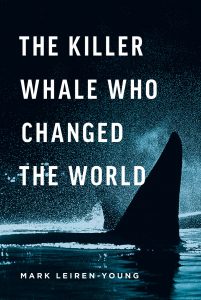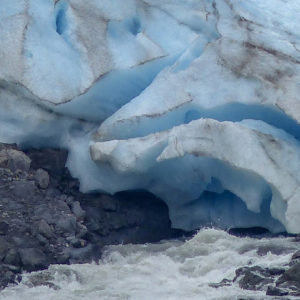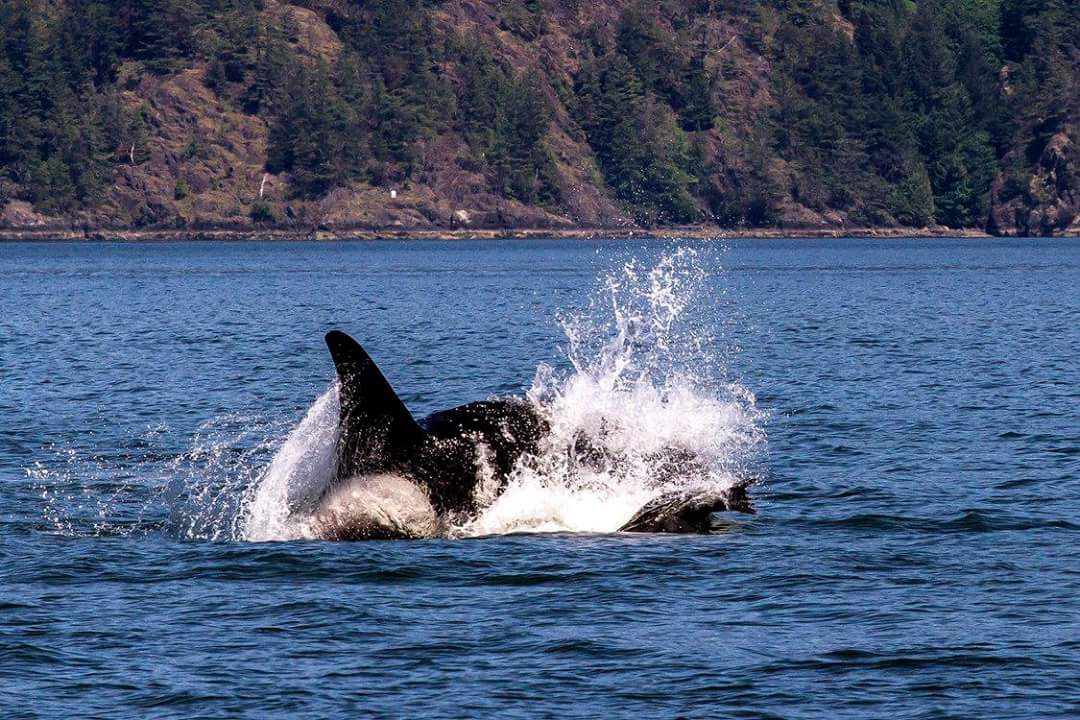Book Review: The Killer Whale Who Changed the World

Sofia Osborne, Guest Blogger
This guest blog book review was written by Sofia Osborne.
The skull of Moby Doll, the subject of Mark Leiren-Young’s new book “The Killer Whale Who Changed the World,” was housed in the museum where I worked this summer. I also saw Moby’s relatives practically every day. J-Pod, a group of Southern Resident Orcas, would come by my post on Saturna Island’s East Point close enough to touch.
Moby Doll was harpooned off the coast of Saturna Island, but surprisingly he lived. He was then dragged to a Vancouver dry dock where he spent the rest of his short life under the watchful eye of the Vancouver Aquarium director. Scientists learned a lot about Killer Whales by studying Moby, and Vancouverites learned a lot about their temperament by watching Moby swimming peacefully around his makeshift tank.

The Killer Whale Who Changed the World by Mark Leiren-Young
Back in the days of Moby Doll, that is before and into the 1960s, “close enough to touch” meant “close enough to fear for your life.” Much of Leiren-Young’s account centres on the attitude surrounding Killer Whales at the time, namely that they were man-eating monsters. That’s the thing about humans, we project. Humans are really the scariest species out there. We kill systematically, we destroy everything in our wake, and we’re sending the Earth hurtling towards climate disaster. Yet these black-and-white “devils” sent us into a panic.
Because of this we lost many Orcas, a species that is now beloved. Fishermen were shooting them at any opportunity and there was even a machine gun set up to eradicate them, although it was never fired. Moby is largely responsible for the change in how people view Orcas, earning him the title of “The Killer Whale That Changed the World.” It turns out that southern residents, who eat only salmon, are more harmless and compassionate than we could have ever imagined.
What can we learn from Leiren-Young’s, and really Moby’s, story? Instead of seeing other species as guilty until proven innocent, maybe we should just let them do what’s natural. So Bigg’s Killer Whales hunt in packs and can look scary taking down a Humpback, that doesn’t mean we should shoot them.
When I think about nature I think of standing on a rock as a pod of thirty Orca Whales swim by. I think about the salmon that they’re following, the kelp that they’re swimming through. It disturbs me that because of the tall tales around Killer Whales I almost didn’t get the chance to see them. Leiren-Young’s book reminds us that we often underestimate nature. It’s a precautionary tale of our own ignorance, but it’s also the story of how we came to understand and appreciate Orcas.
We now love Orcas so much that we watch them perform in tanks, we’ll go out on whale watching boats for hours just to catch a glimpse, and we’ll come back to the same point every day in the hopes that they swim by. I would label myself an “orcaholic”, I’m sure many others would too. They are, to me, the epitome of nature. And yes, sometimes nature is scary, complex, and misunderstood. “The Killer Whale Who Changed the World” is not just the story of Moby, but of our relationship with the mysterious, awe-inspiring natural world.



